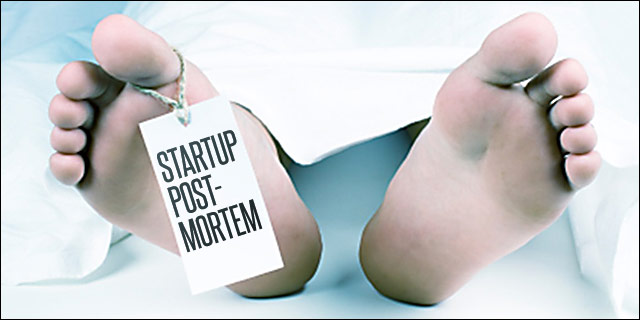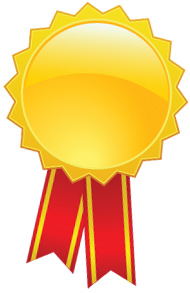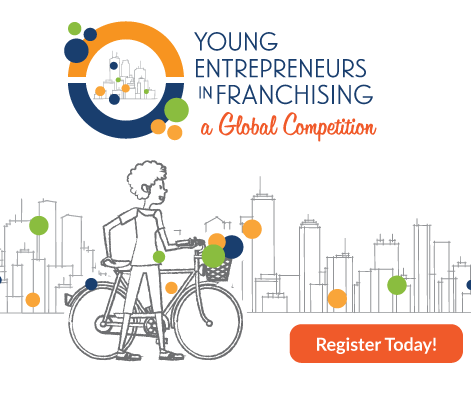I know you’ve heard the saying that opposites attract. There have been a lot of successful examples of two things that shouldn’t get along harmoniously but actually do. For instance peanut butter & jelly, electrons & protons, North Vietnam & South Vietnam…oh and of course who could forget TomKat. Regardless, this phenomenon is often prevalent in the workplace.
At my company, the most apparent example of this is the dichotomy between structure and creativity. Obviously as the person responsible for managing the many directions my company is moving in, it’s not that far of a reach to say that I represent the structure side of this argument. As much as I like to protest, this is probably true due the fact that I am an engineer. I have been part of too many arguments about the balance between structure and creativity. You see, there are fundamental differences in the way each side thinks. Of course my way is better, but I’ll at least try to present a fair argument for the creative perspective.
In a growing company it is important to focus on the little things, like revenue generation, product development and organizational growth. These are not new concepts, but definitely difficult to achieve. The problem between the creative and structural mind is of course the method taken to achieve these objectives. This is where the dysfunction comes into play.
The most glaring fundamental difference is in the approach to problem solving. A large part of the science of engineering is defining a systematic way to solve problems by the management of 3 key factors: time, scope and resources (people and money). In my experience, this method leads to very efficient, executable plans that have a high probability for success. Of course, I think it’s fair to say this is not how a creative person thinks.
No matter how many times I try to explain the logical systematic approach of problem solving to our creative team I always seem to generate the same frustrated and mystified response. A creative person doesn’t want to answer the fundamental questions for solution generation such as: What scope of work can we really accomplish? How long will it take to complete? And do we have the resources to actually complete it? In essence, the framework for a plausible solution.
Instead, a creative person will approach the problem a tad less systematically. They don’t even ask questions. They try to visualize the problem. This often leads to countless hours of meetings agonizing over the origination of the problem, how to describe the problem and most importantly what is the existential impact of this problem. If you ever wondered why creative people need couches for their meetings, here is your proof. To be fair, these meeting usually end with a series of crazy pictograms that if aligned properly outline a solution to a problem. Not necessarily the problem at hand, but a solution to a problem nonetheless.
So at this point, I bet you’re curious how we ever accomplish anything at my company giving these glaring differences in thinking. Well, the same way you would in a marriage. Agree to disagree. Or in other words, compromise.
Therefore, I am in the process of developing a proprietary set of hieroglyphics to help the creative minds visualize the systematic solutions determined by the structural process. In fact, these hieroglyphics might even be a candidate for patent, but that’s beside the point. In return, I’ve started to participate more in the creative side of our business to explore any untapped creativity that may be present within me. So far there isn’t too much to show for my efforts but a series of interesting cave drawings throughout the walls of my apartment. But that’s a start right?
Most importantly at this point though, I think we need to be thankful that structure and creativity don’t have any kids. Because given the dysfunction in this marriage, they would definitely need plenty of therapy. In the end though, if I’ve learned anything, it’s how important the relationship between structure and creativity is to the success of our company.



